Travel requirements: International Travel to and from the United States
Travel: Frequently Asked Questions and Answers
Important update: Healthcare facilities
CDC has updated select ways to operate healthcare systems effectively in response to COVID-19 vaccination.
Learn more
Travel: Frequently Asked Questions and Answers
Updated Sept. 8, 2022
Print
- General
- Air Travel
- Land Travel
- Cruise Travel
General
Check CDC’s Domestic Travel or International Travel pages for the latest recommendations for travelers.
Travel is any trip that involves leaving your community. Transportation within your community for errands and work transit is not considered travel.
Yes, you can travel once you have ended isolation. However, you should wear a high-quality mask or respirator the entire time you are around others indoors until it’s safe for you to remove your mask around others. Do not travel on public transportation such as airplanes, buses, and trains if you will not be able to wear a high-quality mask or respirator when around others indoors for the full duration of your trip. Find out when you can travel and steps to take to protect others during you trip.
Find out when you can travel and steps to take to protect others during you trip.
If you had COVID-19 in the past 90 days, see specific testing recommendations before you travel.
Follow other travel recommendations and requirements for domestic and international travel.
If you test positive during your trip, do not travel and follow recommendations for isolation. Remember, requirements and recommendations in other countries may differ from the United States.
You can travel back home once you have ended isolation but only if you are able to wear a high-quality mask or respirator when around others indoors for the full duration of your trip.
If not, do not travel until it’s safe for you to remove your mask around others.
Your travel companions should follow CDC travel guidance for people who have been exposed. If you are in another country, also follow local guidance.
Maintaining distance between yourself and others is often difficult on public transportation. People may not be able to avoid crowding on airplanes, trains, or buses.
People may not be able to avoid crowding on airplanes, trains, or buses.
Protect yourself from COVID-19 by staying up to date with your COVID-19 vaccines and by wearing a high-quality mask on public transportation. Everyone aged 2 years or older, regardless of vaccination status, should wear a high-quality mask or respirator in indoor areas of public transportation (such as airplanes, trains, buses, ferries) and transportation hubs (such as airports, stations, and seaports), especially in locations that are crowded or poorly ventilated such as airport jetways.
All travelers should take steps to protect themselves and others.
CDC does not reimburse or help travelers get reimbursements for travel expenses as a result of canceled or delayed travel because of vaccination requirements for air passengers flying to the United States or other issues related to COVID-19. While some companies may base their policies on CDC’s travel recommendations or requirements, each company establishes its own refund policies.
In some cases, trip cancellation insurance can protect your financial investment in a trip if you need to change your itinerary in the event of an international outbreak. Visit CDC’s Travelers’ Health website if you’d like to learn more about travel insurance, including trip cancellation insurance.
Top of Page
Air Travel
For additional FAQs on the vaccine requirement before air travel to the U.S., visit Requirement for Proof of COVID-19 Vaccination for Air Passengers.
For additional information on the new requirements for air passengers 2 years of age and older traveling to the United States from China, Hong Kong, or Macau, and those traveling from Seoul, Toronto, and Vancouver who have been in China, Hong Kong, or Macau in the past 10 days, visit Requirement for Proof of Negative COVID-19 Test or Documentation of Recovery from COVID-19 for Air Passengers Traveling to the United States from China, Hong Kong, or Macau.
Air passengers are required to provide the following contact information, to the extent that it exists, within 72 hours before their flight’s departure: full name (as it appears on their passport), address while in the United States, primary contact phone number, secondary or emergency contact phone number, and email address.
Passengers must also:
- Acknowledge that the obligation to provide complete and accurate information is a U.S. government requirement and that failure to provide complete and accurate information may result in criminal penalties.
- Confirm the information they provided is complete and accurate.
Under current federal regulations, pilots must report all illnesses and deaths to CDC before arriving to a U.S. destination. According to CDC protocols, if a sick traveler has a contagious disease that is a risk to others on board the airplane, CDC works with local and state health departments and international public health agencies to contact exposed passengers and crew.
Be sure to give the airline your current contact information when booking your ticket so you can be notified if you are exposed to a sick traveler on a flight.
For more information, see the CDC webpage Protecting Travelers’ Health from Airport to Community: Investigating Contagious Diseases on Flights.
Top of Page
Land Travel
For information about COVID-19 requirements for land travel, visit the U.S. Department of Homeland Security’s Fact Sheet: Guidance for Travelers to Enter the U.S. at Land Ports of Entry and Ferry Terminals.
Top of Page
Cruise Travel
Yes. The chance of getting COVID-19 on cruise ships is high because the virus spreads easily between people in close quarters on board ships. For this reason, CDC recommends the following groups of people avoid traveling on cruise ships, including river cruises, worldwide:
- People who are not up to date with their COVID-19 vaccines.
- People with an increased risk of severe illness, regardless of vaccination status, including
- Older adults and adults of any age with serious chronic medical conditions such as heart disease, chronic lung disease, and diabetes.
- Children with underlying medical conditions.
Top of Page
Order: Requirement for Airlines and Operators to Collect Contact Information for All Passengers Arriving into the United States | Quarantine
The Centers for Disease Control and Prevention (CDC) within the Department of Health and Human Services (HHS) issued an Order on October 25, 2021 requiring airlines and other aircraft operators to collect contact information for passengers before their arrival into the United States from a foreign country, retain the information for 30 days, and transmit the information to CDC upon request.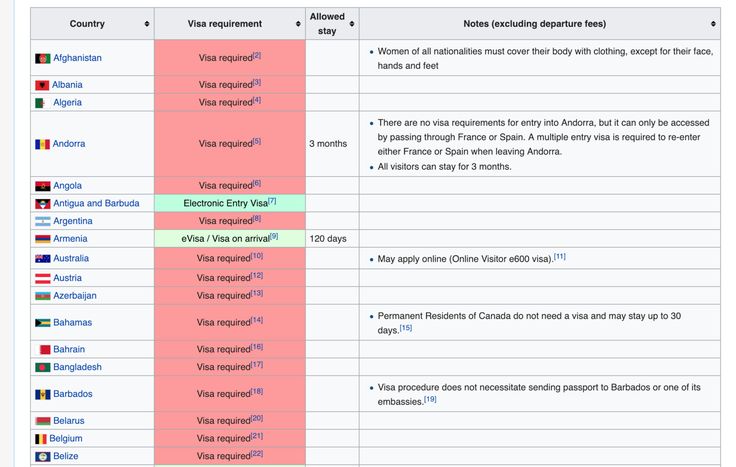 The purpose of collecting this information is to identify and locate passengers who may have been exposed to a person with a communicable disease for public health follow-up.
The purpose of collecting this information is to identify and locate passengers who may have been exposed to a person with a communicable disease for public health follow-up.
Airlines, other aircraft operators, and passengers are required to comply with the order by November 8, 2021.
View the Order [PDF – 34 pages]. This Order will be published in the Federal Register.
On November 10, 2021, CDC reposted this Order to correct minor grammatical and typographical errors. The legal substance of the Order remains the same.
Effective November 30, 2021, CDC directed [PDF – 3 pages] airline and aircraft operators carrying passengers that had been in the Republic of Botswana, the Kingdom of Eswatini, the Kingdom of Lesotho, the Republic of Malawi, the Republic of Mozambique, the Republic of Namibia, the Republic of South Africa, or the Republic of Zimbabwe during the 14 days before their flight to the United States to transmit these passengers’ contact information to CDC.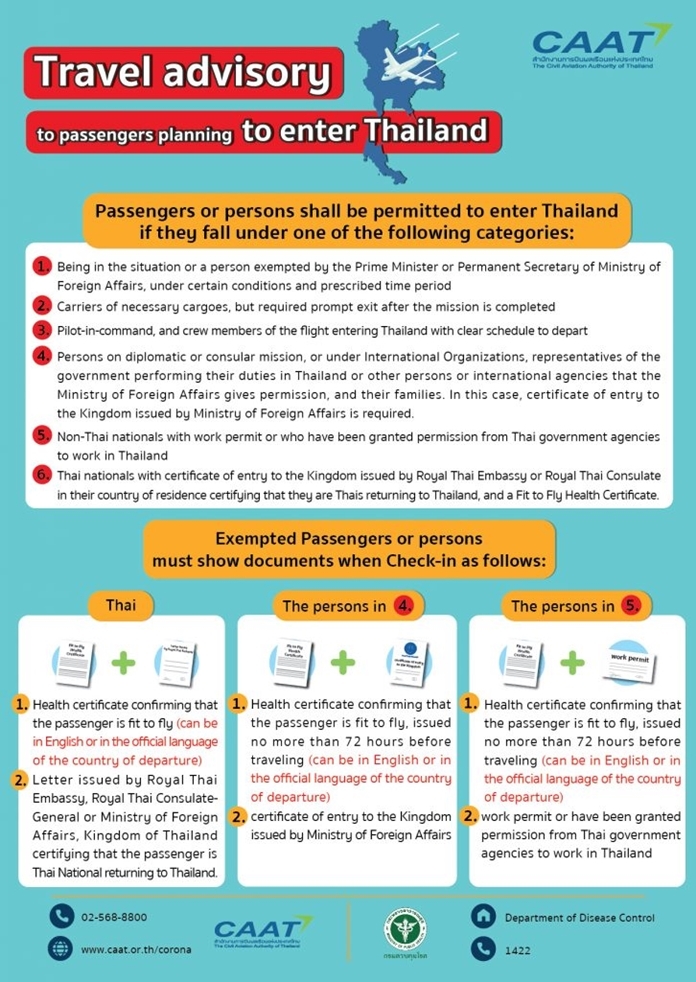 Airlines and aircraft operators were directed to transmit the data elements required in the Order [PDF – 34 pages] as outlined in the Technical Instructions for CDC’s Contact Information Collection Order, if not already being transmitted via established U.S. Department of Homeland Security data systems. On January 4, 2022, CDC rescinded this Directive [PDF – 1 page], effective immediately. CDC’s October 25, 2021 Order remains in effect.
Airlines and aircraft operators were directed to transmit the data elements required in the Order [PDF – 34 pages] as outlined in the Technical Instructions for CDC’s Contact Information Collection Order, if not already being transmitted via established U.S. Department of Homeland Security data systems. On January 4, 2022, CDC rescinded this Directive [PDF – 1 page], effective immediately. CDC’s October 25, 2021 Order remains in effect.
FAQS On This Page:
- Overview
- For Passengers
- For Airlines and Operators
Overview
This Order applies to:
- All airlines and operators conducting any passenger-carrying operations into the United States from a foreign last point of departure
- All passengers and crewmembers flying into, or transiting through, the United States from a foreign last point of departure
Within 72 hours before their flight to the United States departs, passengers are required to provide the following information, to the extent it exists: full name (as it appears on their passport), address while in the United States, primary contact phone number, secondary or emergency contact phone number, and email address.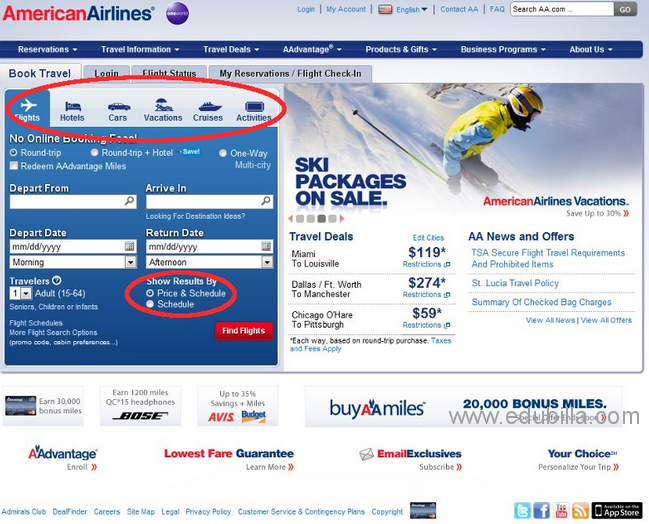
Passengers also have to:
- Acknowledge that the obligation to provide complete and accurate information is a U.S. Government requirement and that failure to provide complete and accurate information may result in criminal penalties, and
- Confirm the information they provided is complete and accurate.
Airlines and passenger-carrying operators are required to collect each passenger’s full name, address while in the United States, primary contact phone number, secondary or emergency contact phone number, and email address, to the extent this information exists, within 72 hours before the flight’s departure. Airlines and operators must maintain these data elements for crew members. Airlines and operators must also maintain, to the extent the data are already available and maintained by the airline, the following information for each passenger and crewmember:
- date of birth
- airline name
- flight number
- city of departure to the United States
- departure date and time
- city of arrival in the United States
- arrival data and time
- seat number
The airline or operator needs to retain this information for 30 days after the flight’s departure unless the airline or operator has chosen to transmit the information securely to the U. S. Department of Homeland Security (DHS) via their established data systems. Data that has not already been transmitted to DHS must be transmitted to CDC within 24 hours upon request.
S. Department of Homeland Security (DHS) via their established data systems. Data that has not already been transmitted to DHS must be transmitted to CDC within 24 hours upon request.
Airlines and operators must also notify passengers of the intent and purpose of the information collection and obtain from each passenger an acknowledgement that the obligation to provide complete and accurate information is a U.S. Government requirement, that failure to provide complete and accurate information may result in criminal penalties, and confirmation that the information provided is complete and accurate.
This Order follows the February 2020 Interim Final Rule that authorized CDC to require airlines and other aircraft operators to collect certain contact information from passengers before they board a flight to the United States, and to provide the information to CDC within 24 hours of an Order from CDC.
Top of Page
For Passengers
Air passengers are required to provide the following information, to the extent that it exists, within 72 hours before their flight’s departure:
- full name
- address while in the United States
- primary contact phone number
- secondary or emergency contact phone number
- and email address
Full name should be the name that appears on a passenger’s passport.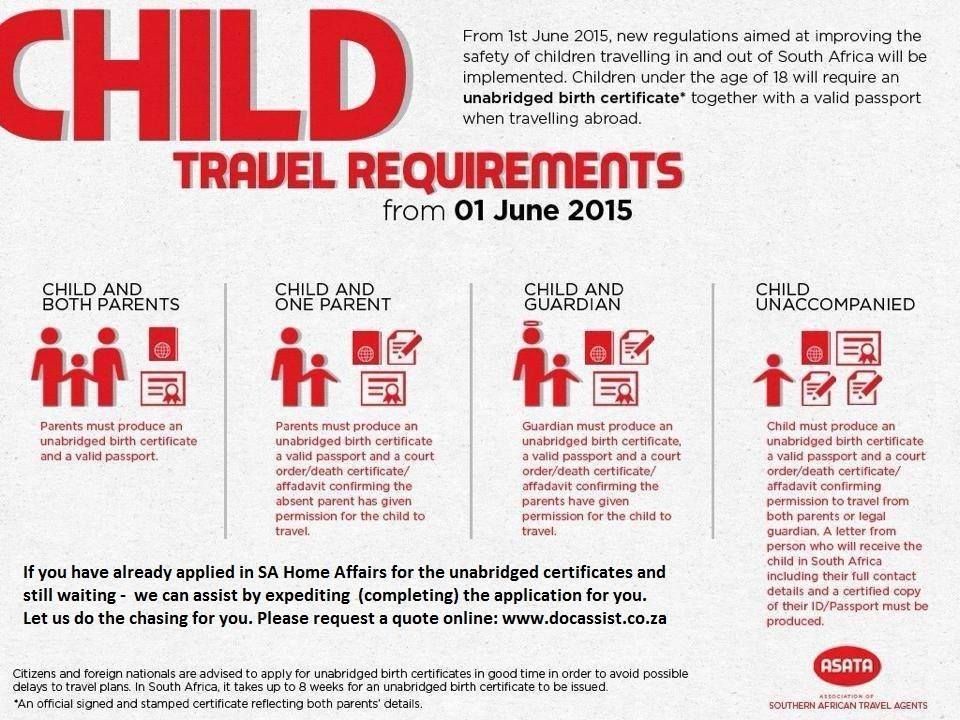 Address while in the United States should be a complete address including street address, city, state or territory, and zip code. A U.S.-based phone number is preferred for primary contact phone number. The email address provided should be one that will be routinely checked while in the United States.
Address while in the United States should be a complete address including street address, city, state or territory, and zip code. A U.S.-based phone number is preferred for primary contact phone number. The email address provided should be one that will be routinely checked while in the United States.
Passengers must also:
- Acknowledge that the obligation to provide complete and accurate information is a U.S. Government requirement and that failure to provide complete and accurate information may result in criminal penalties, and
- Confirm the information they provided is complete and accurate.
Airlines and operators must collect the information from passengers within 72 hours of their flight’s departure. Airlines and operators may choose the format or means for collecting the contact information from passengers. Many passengers that use online booking systems or mobile phone applications (apps) will receive a prompt from their airline to provide or confirm their contact information via email or an app. For example, when checking in for a flight through a mobile phone app, passengers may have to check boxes confirming their contact information and completing the acknowledgement.
For example, when checking in for a flight through a mobile phone app, passengers may have to check boxes confirming their contact information and completing the acknowledgement.
Once an airline or operator collects the information, it will either be shared directly with CDC upon request or it will be shared with the Department of Homeland Security (DHS) through their established data systems. Information transmitted to DHS will be transmitted to CDC upon request. All data transfers will be secure to protect passengers’ information.
As may be necessary for public health follow-up, CDC may share the information securely with relevant state, local, and territorial public health authorities at a passenger’s destination. The data collected will enable CDC and the relevant health departments to contact those who may have been exposed to COVID-19 or other communicable diseases. Follow-up can include:
- Monitoring travelers for signs and symptoms of COVID-19 and other communicable diseases
- Offering preventive care when available and indicated
- Quickly identifying anyone with symptoms and their contacts
- Asking symptomatic persons to isolate and their contacts to self-quarantine
- Ensuring any travelers who develop symptoms receive appropriate medical evaluation and care
- Educating travelers about how to take steps to care for themselves and help protect others in their home and community
Personally identifiable information (e. g., names, addresses) provided to CDC is stored on secure CDC servers and shared securely with health departments at passengers’ destinations. The personally identifiable information is accessible only to CDC staff and other public health officials who need the information for official public health purposes. CDC will retain, use, delete, or otherwise destroy the designated information in accordance with the Federal Records Act, the applicable Privacy Act System of Records Notices, and other applicable law.
g., names, addresses) provided to CDC is stored on secure CDC servers and shared securely with health departments at passengers’ destinations. The personally identifiable information is accessible only to CDC staff and other public health officials who need the information for official public health purposes. CDC will retain, use, delete, or otherwise destroy the designated information in accordance with the Federal Records Act, the applicable Privacy Act System of Records Notices, and other applicable law.
For data transmitted by airlines and operators via an established DHS data sysetm, DHS may use the data for any use permitted by the applicable Systems of Records Notice. DHS may share passenger data with other law enforcement and national security partners pursuant to agreements with those partners.
Passengers without access to a phone or email while in the U.S. should list the email and phone number of the accommodation where they will be staying at their destination. This can be the phone number and/or email of a friend or relative with whom passengers will stay with during their visit, or a hotel, as long as the passengers themselves can be reached at that phone number and/or email.
Passengers should indicate the address of the first location where they will be staying (e.g., hotel, hostel, friend or relative home, etc.) while in the United States, unless passengers intend to stay at subsequent locations for longer periods of time.
Yes, all passengers are required to provide this data, to the extent it exists, to their airline or operator. Parents or guardians of minor children may provide the required data on behalf of their minor children. An authorized individual may provide the required data for another passenger, if that passenger is unable to provide the information on their own behalf (e.g., because of age or physical or mental impairment).
Passengers should provide a primary phone number at which they can be contacted while in the United States and a U.S.-based phone number is preferred. Passengers who will use an international phone as their primary phone should ensure they will have service while in the United States. Passengers who will use an international phone as their primary or secondary phone must include the country code and any additional codes needed to reach the phone while the person is in the U.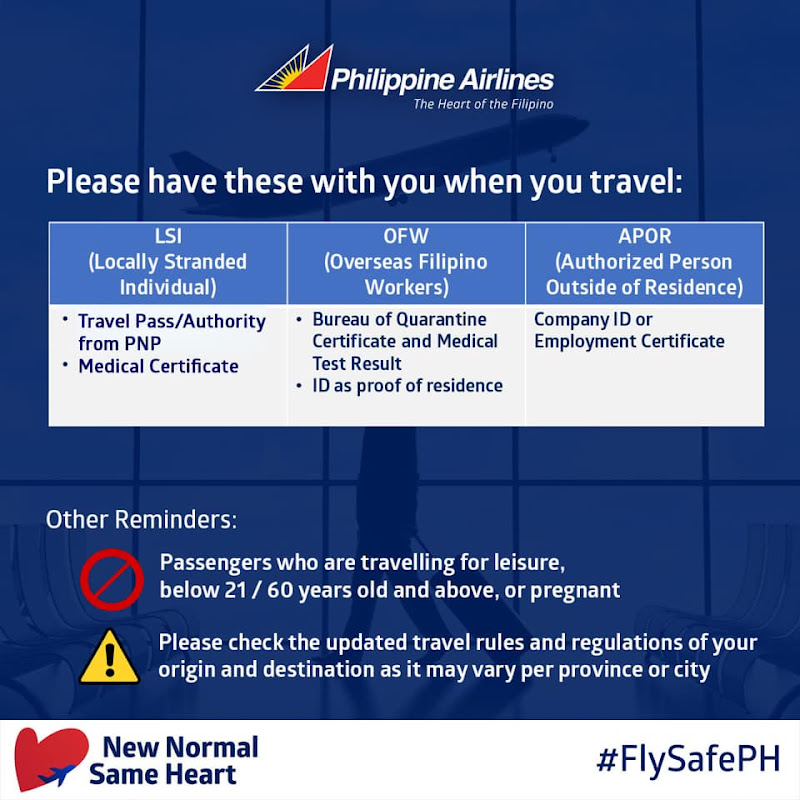 S. (e.g., country code and area code or carrier code).
S. (e.g., country code and area code or carrier code).
Passengers, including those only transiting through a U.S. airport to a foreign country destination, must provide, to the extent the information exists: their full name, address while in the United States, primary contact phone number, secondary or emergency contact phone number, and email address.
In-transit passengers are unlikely to have an address while in the United States, and should select the applicable “in-transit” option if provided by their airline. Passengers should contact their airline for additional guidance on how to provide the required data.
Top of Page
For Airlines and Operators
This Order applies to all passenger-carrying operations conducted on airplanes arriving into the United States from a foreign last point of departure (including flights with intermediate stops in the United States between the flight’s foreign point of origin and the final destination).
The Order becomes effective on November 8, 2021. CDC encourages airlines and operators to begin collection and retention or transmission of the required information on the effective date. CDC will exercise its enforcement discretion for airlines or operators that need additional time to comply with the requirements of the Order.
CDC encourages airlines and operators to begin collection and retention or transmission of the required information on the effective date. CDC will exercise its enforcement discretion for airlines or operators that need additional time to comply with the requirements of the Order.
Airlines and operators must collect the following information, to the extent it exists, from each passenger:
- full name
- address while in the United States
- primary contact phone number
- secondary or emergency contact phone number
- email address
Airlines and operators must maintain the information above for crewmembers.
For each passenger and crewmember, the airline or operator must additionally maintain, to the extent that such data are available, the following information:
- date of birth
- airline name
- flight number
- city of depature to the United States
- depature date and time
- city of arrival in the United States
- arrival date and time
- seat number
Airlines and operators must obtain the following from each passenger (“acknowledgment”):
- Acknowledgement that the obligation to provide complete and accurate information is a U.
 S. Government requirement and that failure to provide complete and accurate information may result in criminal penalties, and
S. Government requirement and that failure to provide complete and accurate information may result in criminal penalties, and - Confirmation the information they provided is complete and accurate.
Airlines and operators must notify passengers (“acknowledgement”):
- of the purpose and intent of the information collection,
- that the obligation to provide complete and accurate information is a United States Government requirement, and
- that failure to provide complete and accurate information may result in criminal penalties.
A template with language that airlines and operators must include when collecting the required information is available here [PDF – 2 pages].
Airlines and operators must collect the contact information and acknowledgement from passengers no more than 72 hours before their flight’s departure.
Airlines and operators are required to maintain contact information for crewmembers and provide it to CDC upon request. Airlines and operators do not need to collect contact information from crewmembers before every flight, but should have available the relevant information for each crewmember on any given flight.
Airlines and operators do not need to collect contact information from crewmembers before every flight, but should have available the relevant information for each crewmember on any given flight.
Airlines may use whatever means or format they choose to collect the data elements from passengers and obtain the acknowledgement. This may include a check box for the acknowledgement.
A template with language that airlines and operators must include when collecting the required information is available here [PDF – 2 pages].
CDC understands passengers transiting through the U.S. to a foreign destination will not have an address in the U.S. CDC requests that airlines and operators provide a way for passengers to indicate that they are only transiting through the U.S. (e.g., drop-down or “radio button” option for “in transit” for the address) in order to receive acknowledgment from passengers that they have provided as much information as possible.
Airlines and operators are required to retain the information required by the Order for a minimum of 30 days after the flight unless all of the required information has already been transmitted to the U.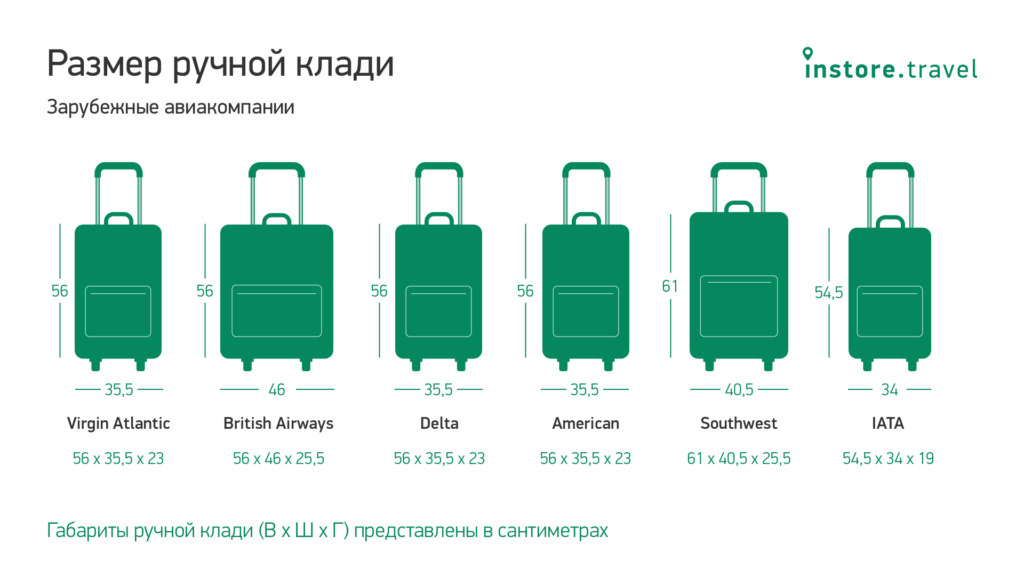 S. Government.
S. Government.
See the Technical Instructions for CDC’s Contact Information Collection Order for information about transmitting data to CDC. Airlines may alternatively transmit data through established DHS data systems.
No, airlines and operators are encouraged to establish a SAMS account early to avoid any delays in transmitting data upon request by CDC. See the Technical Instructions for CDC’s Contact Information Collection for information on setting up a SAMS account.
The Order requires airlines and operators to collect the data elements to the extent it exists. CDC understands that some passengers may not have a secondary phone number or an email address. A complete physical address, including the street address, city, state, and ZIP code should reasonably exist for any passenger with a destination in the U.S. CDC requests that airlines and operators provide a way for passengers to indicate that they do not have the contact information (e.g. option for “N/A” for secondary phone) in order to receive acknowledgment from passengers that they have provided as much information as possible.
Airlines and operators may, at their discretion, use reasonable efforts to verify the information provided by passengers. For example, airlines and operators could compare the data provided by the passenger to the data that the passenger provided to receive trip updates and boarding passes for that trip. This is not a requirement of the Order.
Airlines and operators are required to obtain from passengers: acknowledgment of the purpose and intent of this collection; acknowledgement that the obligation to provide complete and accurate information is a U.S. Government requirement; that failure to provide complete and accurate information may result in criminal penalties; and confirmation that the information provided is complete and accurate.
Airlines and operators may obtain this acknowledgement in any of the following formats:
- Verbally – airlines and operators may have an employee obtain verbal confirmation from passengers that they understand the purpose and intent of the Order and that they have provided complete and accurate information.
 Airline or operator employees must read the italicized script under the verbal instructions provided in the template [PDF – 2 pages] when obtaining verbal confirmation.
Airline or operator employees must read the italicized script under the verbal instructions provided in the template [PDF – 2 pages] when obtaining verbal confirmation. - Digitally – airlines and operators that digitize the acknowledgement must include the statements provided in the template and may use check boxes, for example, at the time a passenger provides their contact information. The Privacy Act statement, Office of Management and Budget (OMB) Control Number, OMB expiration date, and the Burden Statement provided in the footer of the template [PDF – 2 pages] must be included when digitally collecting the required data elements (full name, address while in the U.S., primary phone number, secondary or emergency phone number, and email address) and the
- Paper Copy – airlines and operators may combine the acknowledgement with the attestation in a paper copy format or they may obtain written acknowledgement from passengers separate from the attestation. Acknowledgements in this format must include the Privacy Act statement, OMB Control Number, OMB expiration date, and the Burden Statement provided in the template.

Any airline or operator that enters into a contract with the U.S. Military service to provide transportation to persons designated by the U.S. Military service is exempt from this Order for flights covered under the contract. The U.S. Military service typically collects and retains the designated information and conducts any necessary public health follow-up for passengers on the aircraft that operate in accordance with the U.S. Military service contract with the airline or operator.
Any airline or operator that enters into a contract with another U.S. Government agency may be eligible for an exemption on a case-by-case basis with approval from the CDC Director. Any request for this exemption must be made to CDC via email at [email protected] and is subject to any requirement or limitation established by the CDC Director, including that the U.S. Government agency that is a party to such a contract shall conduct any necessary public health follow-up for passengers and crew.
Any airline or operator designated as state aircraft under international law (1) by an appropriate United States federal government department or agency, or (2) by a foreign government and granted diplomatic clearance to enter U.S. airspace.
For technical questions about transmitting information securely to CDC, contact [email protected].
Top of Page
404 Not Found
Dear users!
Failures are observed when auto-replenishing the personal account of the transponder on the side of the service provider.
All necessary measures are being taken to eliminate this problem.
You can replenish your personal account from a bank card in your personal account or the Main Road mobile application, as well as in the Sberbank Online application. nine0009
We apologize for the inconvenience.
- Home
- Documents
Sorry, no such page was found.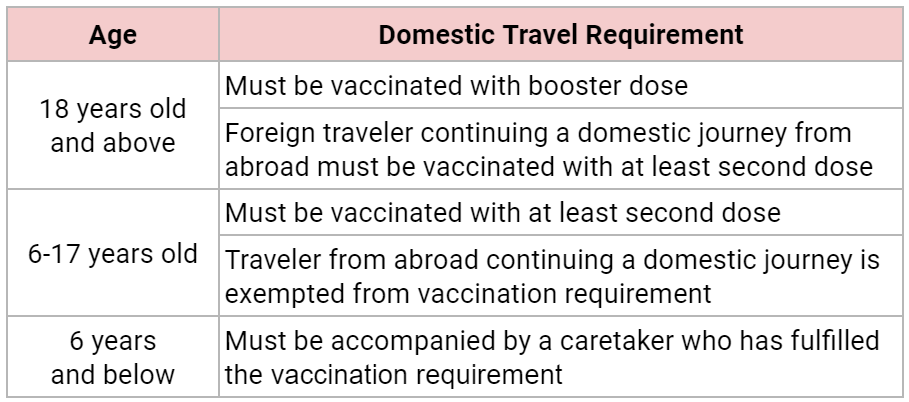 Try using the site search or go to the main page.
Try using the site search or go to the main page.
| nine0024 |
nine0014 Feedback |
29.12.2022
Opening for the passage of the Moscow High-Speed Diameter (MSD)
Dear users!
We inform you that from January 02, 2023, the Moscow High-Speed Diameter will be open for travel in a paid mode…
nine0046
20.12.2022
Changes in the terms of payment for travel on the “Northern bypass of Odintsovo” from January 16, 2023
Dear users!
From January 16, 2023, on working days, weekends and holidays from 05:00 to 01:00, the fare through the toll plaza is 6. 9 km if you pay…
9 km if you pay…
20.12.2022
Operation of Sales Points (Service Offices) and Hot Line on Public Holidays
- Point of sale (service office) at TRP 13.4 km from 12/31/2022 to 01/08/2023 is closed.
- Point of sale (service office) at TFR 6.9 km 01/01/2023…
Send message
Name*
Check the entered name
E-mail*
Check the entered e-mail
Type of appeal
Question Application Suggestion Complaint Gratitude
Select type of appeal
Message
Enter message
Attach file
Select
nine0000 Requirements for the installation of road signs.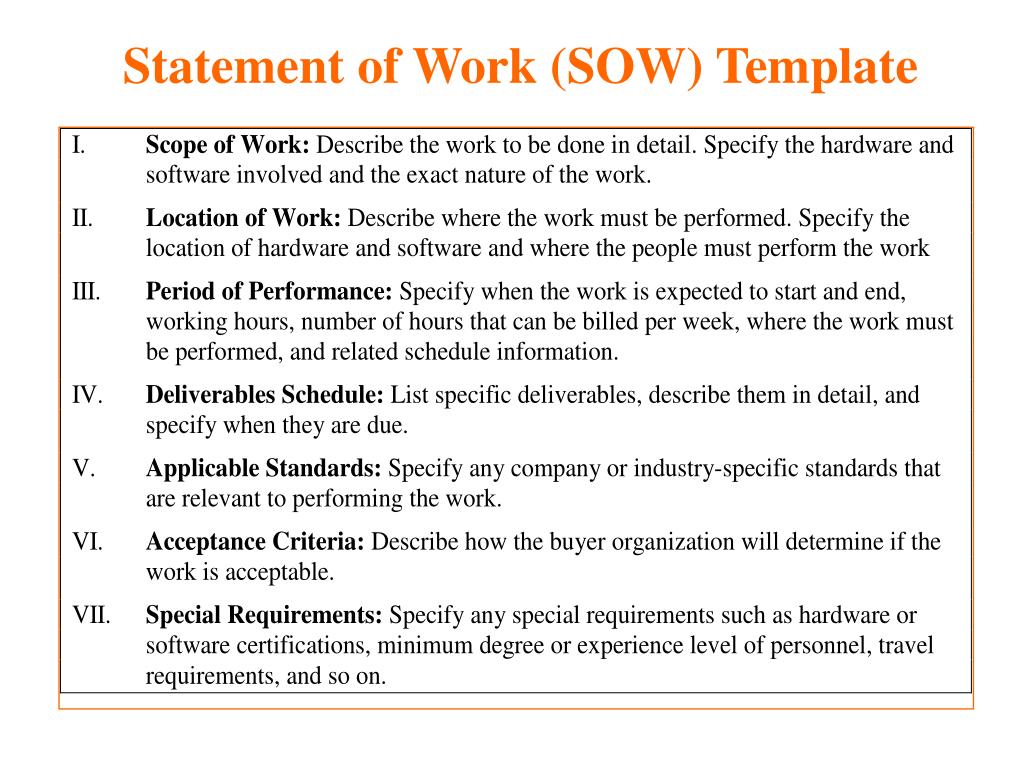 GOST R 52289-2004
GOST R 52289-2004
Requirements for the installation of road signs. GOST R 52289-2004 |
First, a few words about who installs road signs and why.
Who has the right to install signs?
Many citizens believe that the traffic police is responsible for the installation of road signs. In fact, they are very wrong. Since, according to the law, these signs are installed and maintained by the directorate for the organization of traffic. nine0003
And if it was necessary to install it during the construction of the facility, then the decision is made by the State Administrative and Technical Inspectorate. Traffic police officers should only monitor their technical condition, as well as the correctness of their installation.
Road signs are mounted in accordance with the traffic scheme. It is coordinated with many services. Of course, this number includes the traffic police. You can look at it in the city directorate for the organization of traffic. It is there that the register should be located, which contains each sign installed in the city. If the sign you are looking for is not there, then it is installed illegally. nine0003
You can look at it in the city directorate for the organization of traffic. It is there that the register should be located, which contains each sign installed in the city. If the sign you are looking for is not there, then it is installed illegally. nine0003
An administrative penalty is provided for the illegal installation of a road sign.
Illegally installed signs.
Quite often, organizations or private enterprises install signs such as “Parking for employees only”, “Towing truck is working” near their territory, or residents of the house arbitrarily put up a “No Entry” sign.
Such actions are illegal and restrict the rights of citizens.
If you have found such a sign, you must immediately report it to the traffic inspectorate. They, in turn, must come to the place, remove the illegally placed sign and find those responsible for this offense
General requirements for the installation of road signs
Road signs must be installed in accordance with the requirements of GOST R 52289-2004. Types of signs, their number, installation location are determined by the location approved by the relevant State Automobile Inspectorate. The installation of road signs, as well as their removal on specific sections of roads, is carried out with the permission of the State Automobile Inspectorate of the territory, region, autonomous republic. The installation of signs must be justified. The total number of signs on a road section should be kept as low as possible. Short-term or seasonal signs are installed only for the period when they are needed, and are removed immediately after the reason for installing the sign is eliminated. nine0003
Types of signs, their number, installation location are determined by the location approved by the relevant State Automobile Inspectorate. The installation of road signs, as well as their removal on specific sections of roads, is carried out with the permission of the State Automobile Inspectorate of the territory, region, autonomous republic. The installation of signs must be justified. The total number of signs on a road section should be kept as low as possible. Short-term or seasonal signs are installed only for the period when they are needed, and are removed immediately after the reason for installing the sign is eliminated. nine0003
In one cross-section of the road, it is allowed to install no more than three signs, without taking into account duplicate and additional information signs (plates). At the same time, they must be placed: on supports, columns and poles (masts) horizontally (which is preferable) or vertically; on stretching cables, frames and brackets located above the roadway – horizontally at the same level.
On roads outside populated areas, sign supports should be installed outside the shoulders on berms sprinkled on the roadside (Fig. 1, a), embankment slopes (Fig. 1, b), on the right of way behind the side ditch (Fig. 1, c) or over roadsides (Fig. 1, f). The distance from the edge of the carriageway to the edge of the sign closest to it should be from 0.5 to 2 m, and to the edge of signs for preliminary indication of directions from 0.5 to 5 m. On mountain roads, it is allowed to install supports on the shoulders in cramped conditions. In this case, the distance between the edge of the carriageway and the edge of the sign closest to it must be at least 1 m (Fig. 1, d). nine0003
Fig. 1. Methods for installing signs on roads outside settlements
Supports are recommended to be installed behind the parapet on the side of the slope, built into the parapet blocks or installed between the individual parapet blocks. In areas where beam or cable fences are installed, it is recommended to place sign supports behind the fences on the side of the slope, closer to the fence supports or fasten them directly to the fence supports. It is allowed to install signs on the median strip to duplicate signs located on the right side of the road or above the carriageway. On the dividing strip of a concave profile, supports should be installed closer to the carriageway of the direction of traffic for which the sign is intended. The edge of the sign should not protrude beyond the line of the fence (Fig. 1, e). nine0003
It is allowed to install signs on the median strip to duplicate signs located on the right side of the road or above the carriageway. On the dividing strip of a concave profile, supports should be installed closer to the carriageway of the direction of traffic for which the sign is intended. The edge of the sign should not protrude beyond the line of the fence (Fig. 1, e). nine0003
Preliminary indication of directions and distance indicators should be installed on supports located on berms powdered to the side of the road (Fig. 2, a), slopes of embankments and cuts (Fig. 2, b) or on the right of way behind the side ditch (Fig. 2, in). In areas where fences are installed, sign supports should be located closer to the fence supports so that the distance between the edge of the sign and the support is at least 0.75 m (Fig. 2, d). Preliminary direction indicators are recommended to be fixed on inclined supports installed next to the subgrade of the road (Fig. 2, e) or on the slopes of the cuts (Fig.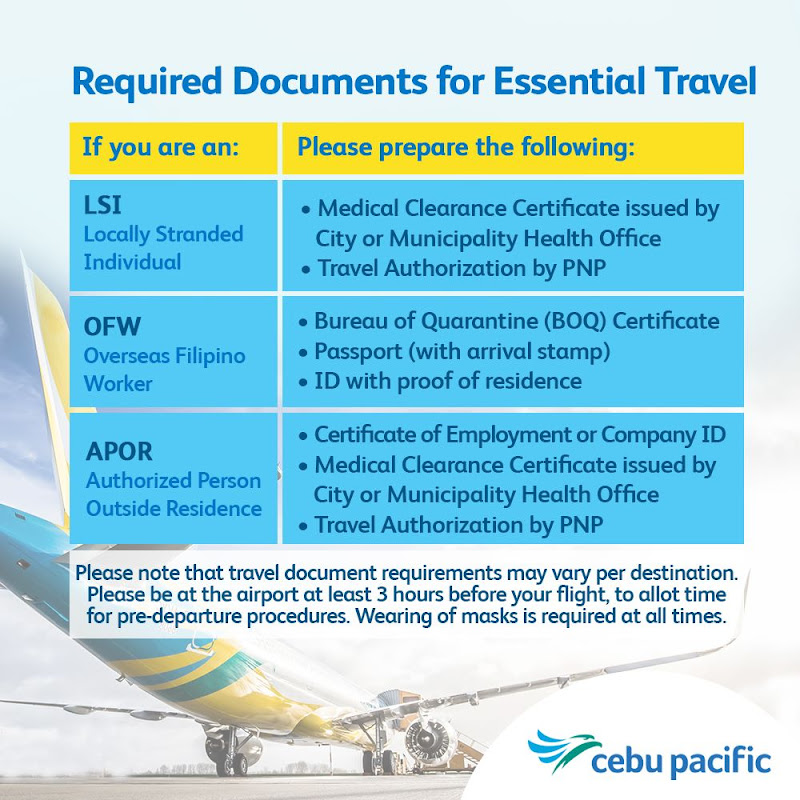 2, f). This design of the supports allows you to place the edge of the sign at a distance of 0.5 – 1 m from the edge of the subgrade without installing a fence. nine0003
2, f). This design of the supports allows you to place the edge of the sign at a distance of 0.5 – 1 m from the edge of the subgrade without installing a fence. nine0003
Fig. 2. Ways of setting the advance direction indicators
In areas where the supports cannot be installed on the slope of the embankment or next to the subgrade, it is recommended to place sign boards above the shoulders or the roadway on L-shaped supports (Fig. 2, g). On roads of category I – II, signs can be installed above the carriageway on U-shaped supports, stretching cables. Supports of supporting structures should be located on the berm at a distance of at least 0.5 m from the edge of the road or the edge of the dividing strip (Fig. 2, h, i). nine0003
In settlements, signs should be installed on individual supports (Fig. 3, a), on the same column with a traffic light (Fig. 3, b), on brackets attached to lighting masts, supports of the contact network of trams and trolleybuses (Fig..jpg) 3, a, d) or walls of buildings (Fig. 3, e), on stretching cables attached to buildings (Fig. 3, f), stretched between the building and a special support or between lighting masts (Fig. 3, g). It is allowed to install signs above signal bollards with artificial lighting (Fig. 3, h). nine0003
3, a, d) or walls of buildings (Fig. 3, e), on stretching cables attached to buildings (Fig. 3, f), stretched between the building and a special support or between lighting masts (Fig. 3, g). It is allowed to install signs above signal bollards with artificial lighting (Fig. 3, h). nine0003
The distance from the lower edge of the sign (excluding the plate) to the surface of the road surface should be: from 1.5 to 2 m – when installed on the side of the road outside built-up areas, from 2 to 4 m – in built-up areas; from 5 to 6 m – when placed above the carriageway or roadside.
Signs must be removed from the wires of the lighting network by at least 1 m, and from the wires of the high voltage network by at least 2.5 m (Fig. 3, e). Within the security zone of high-voltage lines, the suspension of signs on stretch cables is prohibited. nine0003
Fig. 3. Methods for installing signs in settlements
Signs are placed above the roadside (or carriageway) in the following cases:
a) in areas where lateral placement of the sign is not possible;
b) when this is the only way to ensure good visibility of the sign;
c) if it is necessary to regulate traffic in separate lanes;
d) with heavy traffic of large vehicles.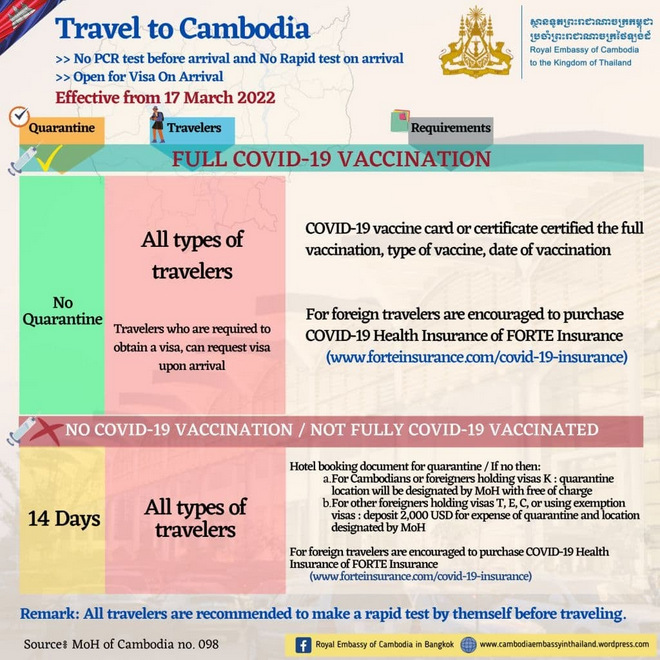
nine0002 Depending on the mutual arrangement of signs on one support, the sequence of their arrangement is determined in accordance with fig. 4. It is preferable to arrange signs horizontally.
Fig. 4. Sequence of arrangement of several signs on one support
The sequence of placement of signs of different groups on the same support should be as follows:
- priority signs;
- warning signs;
- prohibition signs;
- informational signs;
- service marks.
nine0014 prescriptive signs;
When placing signs of one group on one support, the order of their arrangement is determined by the number of the sign in the group.
Exception. If several signs are installed when entering a one-way road, then signs 5.7.1 and 5.7.2 are located above other signs (Fig. 5).
nine0002 Fig. 5. Examples of placing sign 5.7.1 or 5.7.2 on the same support with other signs
Traffic sign posts can be made from a variety of materials to provide sufficient stability under the design wind load, for manual and machine cleaning of signs, and also to exclude the possibility of deliberate damage to the posts by individuals.
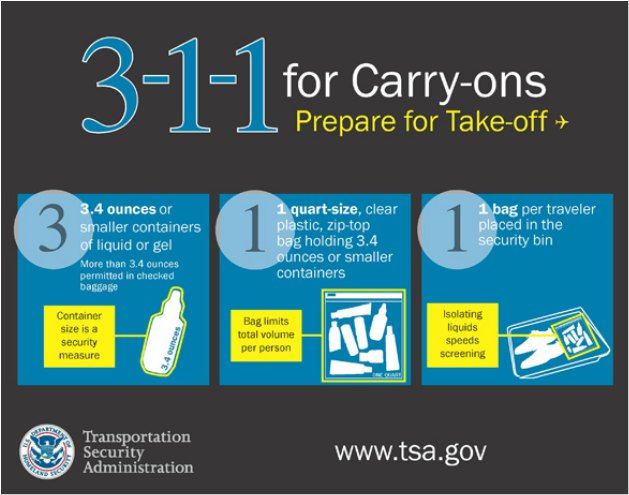 S. Government requirement and that failure to provide complete and accurate information may result in criminal penalties, and
S. Government requirement and that failure to provide complete and accurate information may result in criminal penalties, and Airline or operator employees must read the italicized script under the verbal instructions provided in the template [PDF – 2 pages] when obtaining verbal confirmation.
Airline or operator employees must read the italicized script under the verbal instructions provided in the template [PDF – 2 pages] when obtaining verbal confirmation.